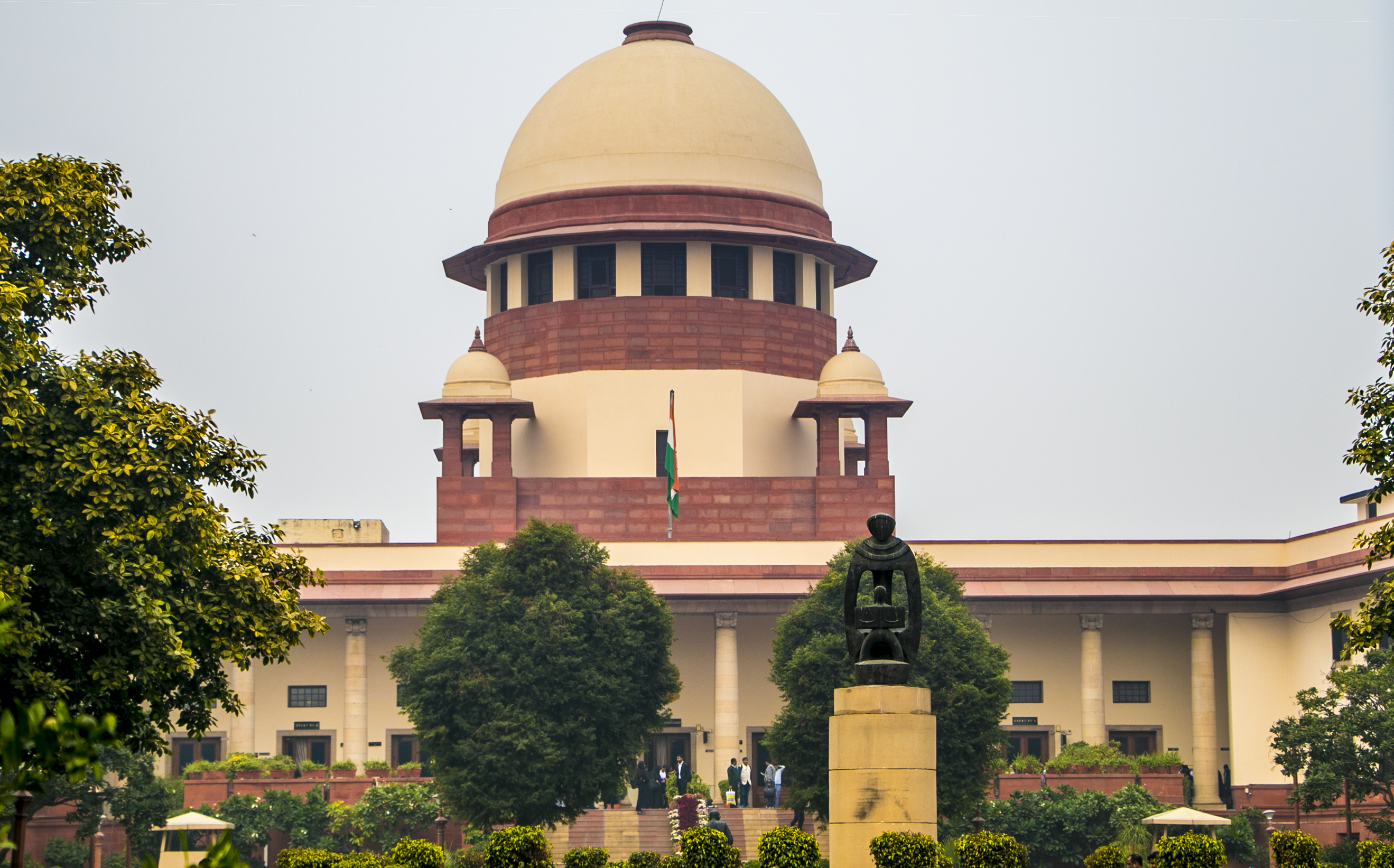What is a Pre-Packaged Insolvency or Bankruptcy Scheme? – By Manish Bhojwani

BACKGROUND:
In India, prior to Insolvency and Bankruptcy Code, 2016 (IBC), there was no consolidated law to deal with the insolvency, bankruptcy and liquidation of business entities, and Individuals. There were hoards of laws such as Companies Act, RDDB Act, SARFAESI Act and SICA. IBC brought about paradigm shift in the law[1] of insolvency and bankruptcy from debtor-in-possession to creditor-in-control. The IBC has been tested on various fronts over these three years and proved to be beneficial in achieving its aim to a great extent.
One of the objects of IBC is maximization of value of assets along with maintaining the balance of interest of all stakeholders and the data shows that IBC has succeeded in achieving this object. Till December 2019, realisation by FCs under resolution plans in comparison to their claims is 43.15%. It is important to note that of the 190 CDs rescued under the Code, 66 were in BIFR or defunct.[2]
The Government of India seems committed to build a robust environment which allows business entities easy exit as in the case of entry. To further fast track the process of insolvency, the Government is mulling over PRE-PACKAGED INSOLVENCY, which is in existence in many western countries from decades. There is no provision in IBC for resolution of insolvency prior to commencement of IRP; however, parties can get into a pre-arrangement at early stage. Adjudicating Authority may not approve such plans, without any provision in the law, therefore, there is a need to have a framework for such pre-pack arrangements.
Now, let’s shift our focus to understand the Pre-Packaged Insolvency in detail.
WHAT IS PRE-PACKAGED INSOLVENCY (PRE-PACK)?
It is an arrangement between the debtor and creditors on a restructuring plan outside the Court. In other words, it is a Bankruptcy where the debtor agrees to terms reducing the time it takes to handle the business at hand.[3] Pre-Packaged insolvency proceedings, at its core, can be termed as to have the features of contractual obligations and the insolvency proceedings. It allows debtor and its creditor to form a consensus over the future course of business of debtor aligned with the interest of all stakeholders.
WHEN AND WHERE PRE-PACKAGES INSOLVENCY OR BANKRUPTCY ORIGINATED?
The Pre-Pack has its roots in United States when it started emerging in 19th Century as equity-receivership-practice and grown rapidly in 1990s and by 1993, 20% of all public bankruptcy were pre-packaged.[4] Initially, it involved debtor to trade debt for equity in order to loosen up the burden of the debts. It required the approval of significant majority of creditors to agree to this arrangement.
In 1938, Congress made two distinct form of bankruptcy reorganization – I) Chapter X – equity receivership proceedings and II) Chapter XI – an arrangement initiated by debtor. When in 1978, Congress enacted Bankruptcy Code, 1978 it incorporated several provisions to promote pre-packaged cases.[5]
In UK, the word “pre-pack” was defined by the Association of Business Recovery Professionals as “an arrangement under which the sale of all or part of a company’s business or assets is negotiated with a purchaser prior to the appointment of an administrator, and the administrator effects the sale immediately on, or shortly after, his appointment.”[6] It is important to mention the contribution of Cork Committee (1982) which made comprehensive recommendations on insolvency law. It has seeded “the rescue culture” in the insolvency regime of UK. The Cork report not only provided rational view of insolvency law in UK but also initiated a movement away from punitive towards rehabilitative objectives.[7] In pre-pack arrangement, the debtor typically appoints an Insolvency Professional (IP) who undertakes the operational aspects of finalizing the pre-pack transactions. The administrator, in UK, apart from following the Insolvency Act and rules thereunder, is also required to follow guidance note in the form of SIP 16[8]. It mandates IP to perform its duties with a view to maximize the interest of creditors of a debtor given high level of public interest and the business community in pre-packs.
The Philosophical change in the approach has set into motion the new rescue culture and enabled the business entities to think about insolvency ex ante rather than ex post.
WHAT IS THE PRESENT STATUS OF PRE-PACKAGED INSOLVENCY OR BANKRUPTCY IN INDIA?
There is no legal framework available for Pre-Pack in India, however, there were many out-of-court restructuring methods but none of them proved to be fruitful in resolving the financial distress. RBI had set up a Corporate Debt Restructuring (CDR) process to enable voluntary and non-statutory mechanism to provide timely support to distress companies. Although the intention behind this mechanism was similar to what Cork Committee suggested – “Rescue Culture” wherein the aim is to provide an opportunity to business entity to restructure its debt and save itself from insolvency and liquidation. The focus was on balancing the interest of all stakeholders connected with distress entity. However, this mechanism did not succeed in India owing to many factors such as leniency of public sector banks in granting CDR packages, liberal conversion of debt into equity etc. Consequently, in 2018, the apex Bank withdrew CDR along with other schemes such as Strategic Debt Restructuring Scheme (SDR) and Scheme for Sustainable Structuring of Stressed Assets (S4A).
COMPARATIVE ANALYSIS OF PRE-PACK INSOLVENCY OR BANKRUPTCY:
It is imperative to take a cue from other regimes who have successfully adopted the Pre-Packaged Insolvency or Bankruptcy law, predominantly, US and UK. Let’s look at the comparative analysis and how much India can formulate its law which is best suited to India’s unique environment.
UNITED STATES:
In US, the Bankruptcy Code recognizes three forms of proceedings: pre-packaged bankruptcy proceedings, pre-arrange Bankruptcy proceedings and pre-plan sales.
Pre-Packaged Bankruptcy Proceedings is provided under Chapter 11 of the Bankruptcy Code which allows a debtor to negotiate a bankruptcy resolution plan before the chapter 11 proceedings are filed with the competent court.
Steps Involved in Pre-Packaged Bankruptcy proceedings:
The pre-packaged bankruptcy proceedings take substantially lesser time to be confirmed by the courts than traditional Chapter 11 proceedings.[9]
UNITED KINGDOM
In UK, the typical term used for Pre-Pack Insolvency or Bankruptcy proceedings is “Pre-Packaged Administration”. Unlike US, there is no legal provisions for pre-packs, it has been developed out of practice (we all know that there is no written constitution in UK). But pre-packs are equally prevalent in UK, e.g. 2017, 356 pre-packaged administrations were reported which is 28% of total administration cases reported in that year.[10]
Steps Involved in Pre-Packaged Administration:
HOW TO IMPLEMENT IN INDIA:
The advent of IBC has set the ball to roll and it is the ideal time to introduce the Pre-Packs in India. We have an example of the Constitution of India which is based on the experiences of old democracies and no doubt it was a successful attempt. The legislators again have the opportunity to define the new principle of Pre-Packs by mix-match-formula. The recommended process should be:
WHY PRE-PACKAGED INSOLVENCY OR BANKRUPTCY IS REQUIRED IN INDIA?
Although IBC clearly stipulated time lines for completion of CIRP but by way of various judicial pronouncements, certain periods, have been excluded from the mandatory time-bounds of 270 days. The data shows that, the average time taken to complete CIRP is 394 days which exceeds the maximum time line of 330 days.[11] Such delay may result in significant impact on realizable value of the assets of CD. The Pre-Packs will reduce cost of third parties engagements such as lawyers, accountants etc and indirect cost caused due to disruption in business, it provides an opportunity to parties to have elaborate deliberations to avoid ex post differences, and not to mentions it provides secrecy and confidentiality of information and save the corporate debtor from embarrassment of dragging to insolvency proceedings by the creditors.
****
Manish Bhojwani is a practising advocate and a qualified company secretary, with over 11 years of experience in Pharma and Logistics industry.
[1] M/s. Innoventive Industries Ltd. v. ICICI Bank & Anr., (2018) 1 SCC 407
[2] Quarterly Newsletter, IBBI, Oct-Dec 2019, page 15
[3] Black’s Law Dictionary, Free Online Legal Dictionary 2nd Ed., The Law Dictionary, at https://thelawdictionary.org/prepackaged-bankruptcy/ (last visited 24 February 2019)
[4] See Vanessa Finch, Corporate Insolvency Law Perspectives and Principles (2nd edn, Cambridge University Press 2009) 454
[5] https://globalrestructuringreview.com/benchmarking/the-art-of-the-pre-pack/1212023/pre-packaged-chapter-11-in-the-united-states-an-overview#footnote-162
[6] https://en.wikipedia.org/wiki/Pre-packaged_insolvency#cite_note-r3.org.uk-1
[7] See Vanessa Finch, Corporate Insolvency Law Perspectives and Principles (2nd edn, Cambridge University Press 2009) 16
[8] https://www.icaew.com/technical/insolvency/sips-regulations-and-guidance/statements-of-insolvency-practice/statements-of-insolvency-practice-sips-england
[9] https://www.restructuring-globalview.com/2018/08/the-ever-shrinking-chapter-11-case/
[10] https://www.prepackpool.co.uk/uploads/files/documents/Pre-pack-Pool-Annual-Review-2017.pdf
[11] Section 13(3) 02nd proviso
Disclaimer: The views or opinions expressed are solely of the author.
Sign up for our weekly newsletter to stay up to date on our product, events featured blog, special offer and all of the exciting things that take place here at Legitquest.




Add a Comment